We have salt in our blood, in our sweat, in our tears. We are tied to the ocean.
John F. Kennedy
The ocean is an incredible form to experience. It is dynamic, ever-changing, unpredictable, terrifying, and yet still a place we go to calm our souls. Some of the greatest dangers of the ocean lie within the water itself and not the predators within.
I feel like my phone goes off every few days with an alert for Rip Currents in my area and while talking with my husband, we had a few questions about the differences between rip tides, rip currents, and undertows and conflicting information on how to handle them if you are caught in one. This obviously meant I needed to dig deep and write it out.
Waves, Tides, and Currents
Waves
First, let’s break the differences between waves, tides, and currents. Waves are the rise and fall movement of the water’s surface. They are horizontal movements and are actually the energy that is provided by wind and not the actual water. Waves are made up of a crest, which is at the high point and the low point is known as the trough. The distance between the trough and the crest is known as the wave’s height.
Tides
Tides are related to the actual sea level that happens once or twice a day, with there being two highs and two low tides every 24 hours and 50 minutes. The time between two high tides is a regular interval of 12 hours and 25 minutes. It also takes 6 hours and 12.5 minutes for the water at the shore to go from high to low and from low to high. Like clockwork!
Additionally, tides are caused by the gravitational forces given by the sun, the moon, and the earth’s rotation, with the moon’s effect on tides being greater than the sun’s. Tides are vertical movements and are not to be confused with surges caused by meteorological effects like hurricanes. There are several types of tides and if you would like to learn more about them, visit Ocean Services/NOAA.
Currents
Currents are a horizontal flow of water mass that is moved in a defined direction and moved over a great distance. If you can imagine a river flowing through an ocean. They are formed by winds, differences in water temperature, salinity, gravity, and events like earthquakes. Its direction is also influenced by the rotation of the earth due to what is known as the Coriolis Effect, just like the rotation of a hurricane (visit my blog on hurricanes here). And just like hurricanes, currents in the northern hemisphere move clockwise and those in the southern hemisphere move counterclockwise.
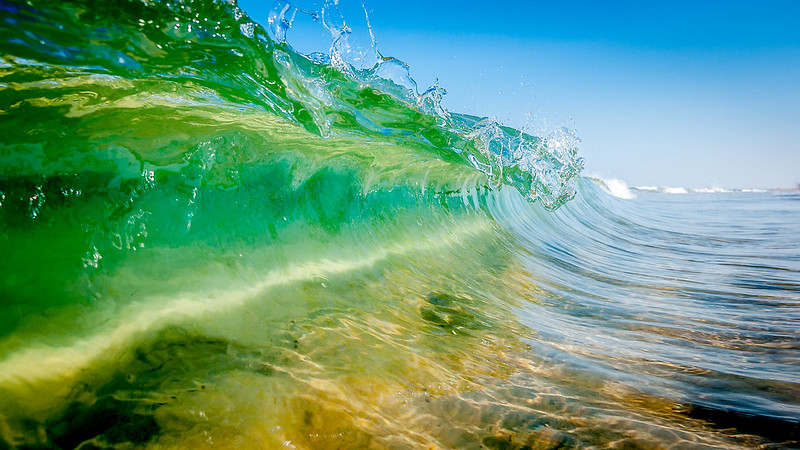
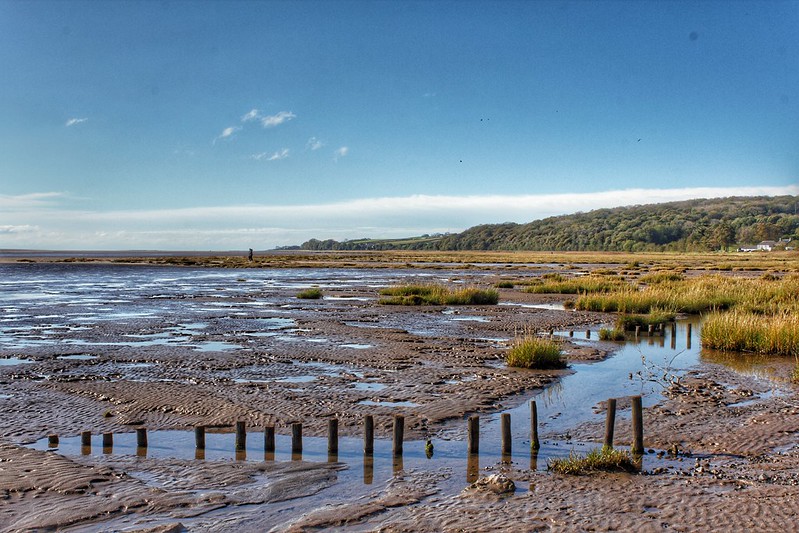
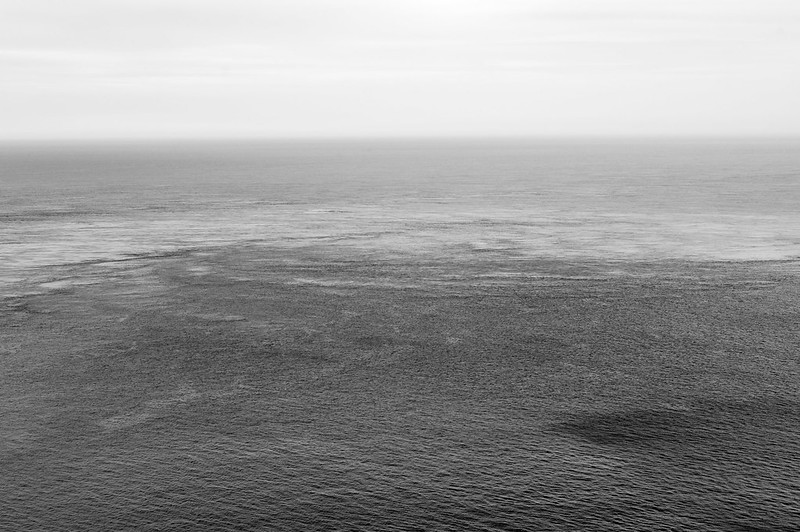
Undertow
Ok, I’m not gonna lie, I always thought growing up that it was called “underTOE”. Simply because it grabbed you by your feet/toes and pulled you under. Growing up in California, I was always getting caught in one and they were exhausting. It wasn’t until I got the red line under my word a minute ago, telling me I was wrong that I felt betrayed by my playful mind my whole life. Come on, TOE is so much better than TOW. Now I want an outdoor bar named UnderToes. No shoes required! 😉
What They Are
All silliness aside, an undertow is a current of water below the surface and moving in a different direction from any surface current. So when a wave comes crashing onto the beach, the water then flows back underneath the new incoming waves. Normally you feel a slight pull from the water rushing back into the ocean as you walk toward the beach, this isn’t an undertow.
However, bigger waves create undertows and are more difficult to handle and can feel like you are being tumbled around in a whale’s mouth, this is an undertow. Those moments can be pretty scary, especially if you have never experienced them or are extremely tired from being beaten up by waves already. This is why it is advisable to NOT go out into deeper water when large waves are present. If you are an inexperienced swimmer or young, especially a child, this can be extremely dangerous, if not fatal.
This return flow (backwash) or undertow in this case will only go out a short distance before you are pushed forward by the next wave and it will not pull you offshore into what is known as deep water. The best thing to do, experts say, is to remain calm, float and ride the next wave in.
Rips
Though undertows are pretty easy to distinguish from rip tides and rip currents, the latter two often get lumped together or mixed up and labeled incorrectly. It was actually proving to be seriously frustrating at how many sites or individuals call a rip current a rip tide and vice versa or use them interchangeably. There are a couple of key differences though between them and I have tried my best to make heads and tails of them. I’m hoping that I sorted them out properly, but as always, if you find an error, let me know. If you have the credentials and can help clarify if there is indeed a difference, please reach out and let me know so I can set it straight. For now I will just focus on what I have found as the difference and more on how they are actually formed since that seems to be the same no matter their location.
WHAT’S THE DIFFERENCE?
There is definitely a difference between undertows and rips, and if you dig deep enough you may find the difference between a rip tide and a rip current. This is what I found to be the difference between them all.
UNDERTOW
RIP TIDE
RIP CURRENT
- Runs along the entire beach face
- Forms with large waves
- Only lasts until the next wave
- Float and don’t panic
- Occur at inlets
- More dangerous and stronger than rip currents
- Occur in deeper water
- Extend offshore, more than 1,000 ft
- At distinct locations
- Offshore flows
- Narrow current in surf zones
- Water flows away from the shore
- Reach around 100 to 300 ft from the shore
- Knee-deep water
HOW THEY ARE FORMED
I don’t believe I can do justice with a written explanation of the differences, so I have found a video that can explain in a way I can’t in writing. Since it is an important topic, I’m going to leave it to the professionals to get the point across.
WHAT TO DO
First and foremost, know your environment. Sign up for local weather alerts on your phone. I get notifications all the time for rip currents. If you missed a notification, look for flags. Yellow flags indicate rip currents in the area. If you don’t see a flag, survey the water and look for signs a rip current might be happening.
If you get caught in a rip, DO NOT TRY TO SWIM AGAINST IT, you will only tire yourself out. Rips won’t pull you under, it will only pull you out away from shore.
Do your best to just float until the current reaches its end and then swim parallel to the shore until you get to waves and then swim diagonally back to shore and away from the rip. You can always yell and wave your arms to get the attention of others and a lifeguard while you float to the end of the current path.
If you are a strong swimmer, you can start swimming parallel at any point until you reach waves and continue in from there.
The majority of beach issues are related to swimmers getting caught in rips. As always, stay calm and level-headed. Look out for warning flags. The Yellow and Single Red flags warn against strong currents, but I will get more into those flappy flags next week.
So, now that you are the wiser, you can get out there, show off your mad shark tooth hunting skills along the shore, and then get out there and enjoy the surf with confidence. As Always…
Stay Salty and Stay Connected
Kelley
Featured Image – “Wave” photo by Kevin N. Murphy https://flickr.com/photos/knmurphy/3834663987 shared under a Creative Commons (BY-NC) license
RESOURCES
522 total views, 2 views today
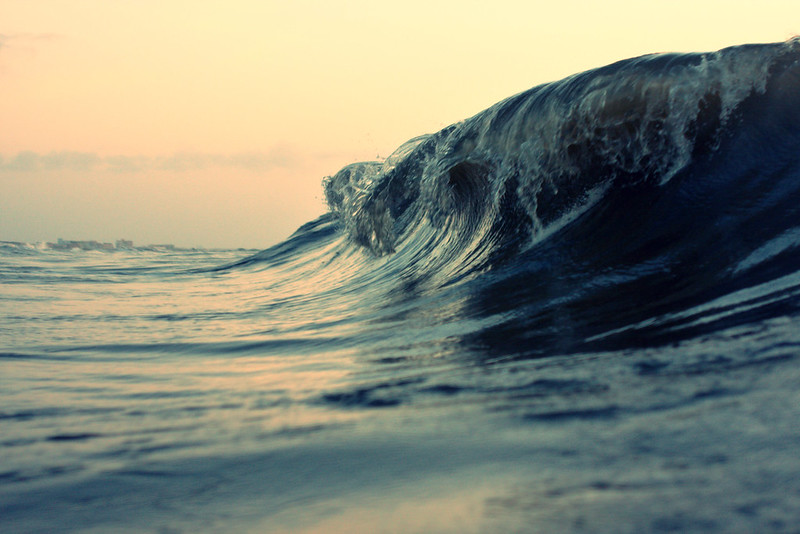
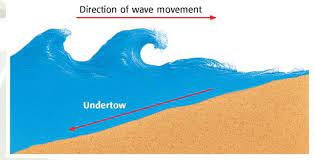
2 thoughts on “Getting Ripped at the Beach – Tides, Currents, and Waves”